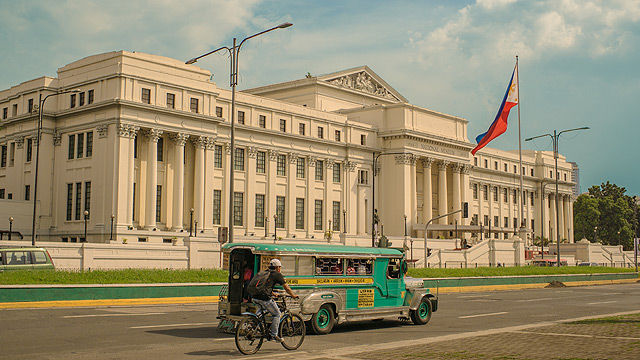Inflation Hits Six-Year Low: Impact on the Philippines Economy
- Rachel Yuan

- Aug 8, 2025
- 1 min read
In a surprising economic turn, the Philippines economy experienced its lowest inflation rate in nearly six years, as consumer prices in July 2025 rose by only 0.9% year-on-year, significantly below the forecasted 1.1% and June's 1.4% reading.
This sharp deceleration in inflation is largely attributed to a 15.9% plunge in rice prices, one of the country’s most vital staple commodities. Improved harvest conditions, government import interventions, and increased supply chain efficiency are believed to have contributed to this price drop.
A Boon for Households
For Filipino households—particularly low-income families—this offers a rare reprieve from months of financial pressure. Rice, which makes up a significant portion of household food budgets, has seen price volatility over the past few years due to global supply disruptions and climate impacts.
With inflation falling well below the Bangko Sentral ng Pilipinas (BSP) target range of 2–4%, attention now turns to monetary policy. This could increase pressure on the BSP to lower interest rates in the coming months to stimulate economic activity and support sectors still recovering from pandemic-era slowdowns.
However, analysts caution against premature optimism. “While the numbers are encouraging, the central bank must weigh global risks and domestic demand before shifting policy,” one economic expert noted.
What Lies Ahead
Despite this positive inflation data, the broader outlook for the Philippines economy will depend on:
Global commodity price trends
El Niño and weather-related agricultural disruptions
BSP’s monetary policy stance in Q3 and Q4
For now, though, Filipinos can breathe easier knowing the cost of living has eased — at least temporarily.





Comments